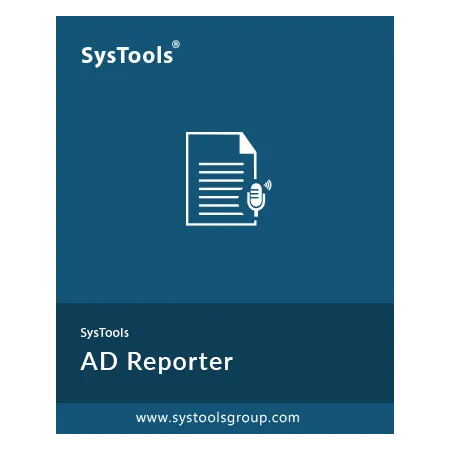SysTools Active Directory Reporter
An astonishing Active Directory Reporting Tool to pull reports from Active Directory. Efficiently report on objects in your AD domain.
- Effortlessly generate reports for multiple domains in a single interface
- Securely pull reports from forests and cross-forests with ease
- Provide search functionality to quickly locate specific objects within the AD
- Customizable date range filtering for precise report generation
- Generate AD Users report with a plethora of sub-categories
- Offer user reports with subcategories like active, disabled, & recently modified users
- Generate computer reports, including active, disabled, & recently created computers
- Generate printer reports with all option - printers, created printers, & modified printers
- Generate reports on shared folders across organization for visibility & management
- Provides a plethora of object properties for admins to generate reports
- Support for predefined date ranges like 5, 7, 10, 30, and 60 days for filtering results
- Preview reports directly within the tool or download them in CSV format
- Offer a clean GUI to facilitate smooth navigation and report generation
- Support Windows Server 2012 R2, 2016 & 2019 Versions
Download Now
For Windows





